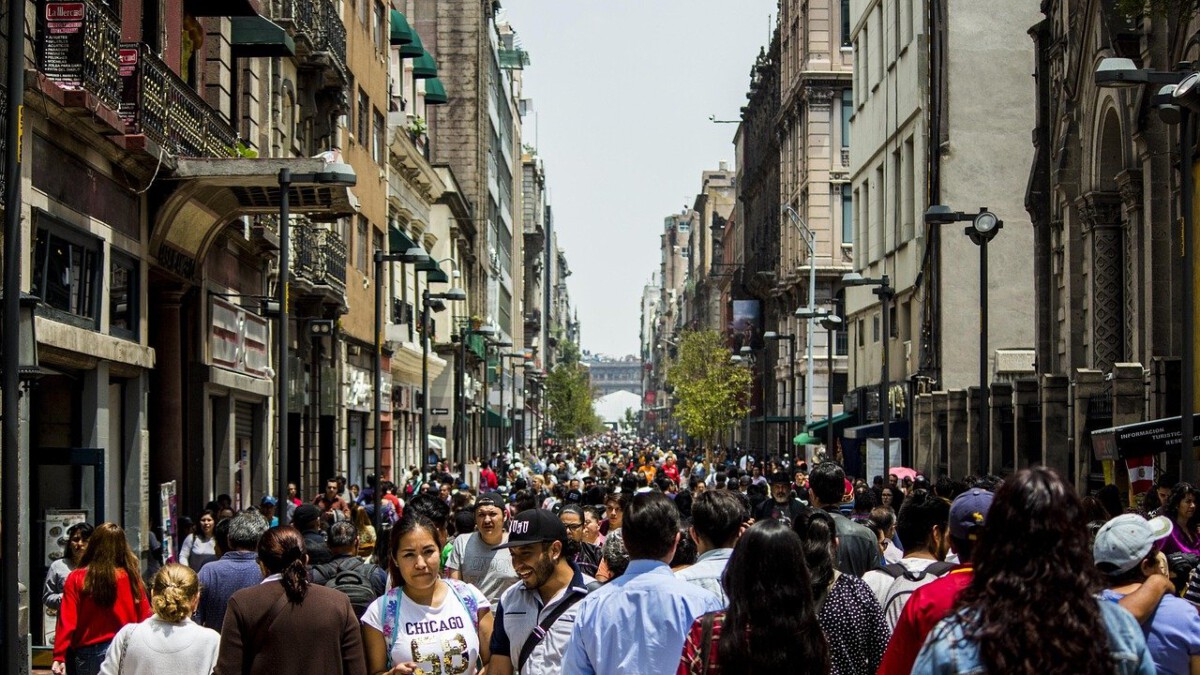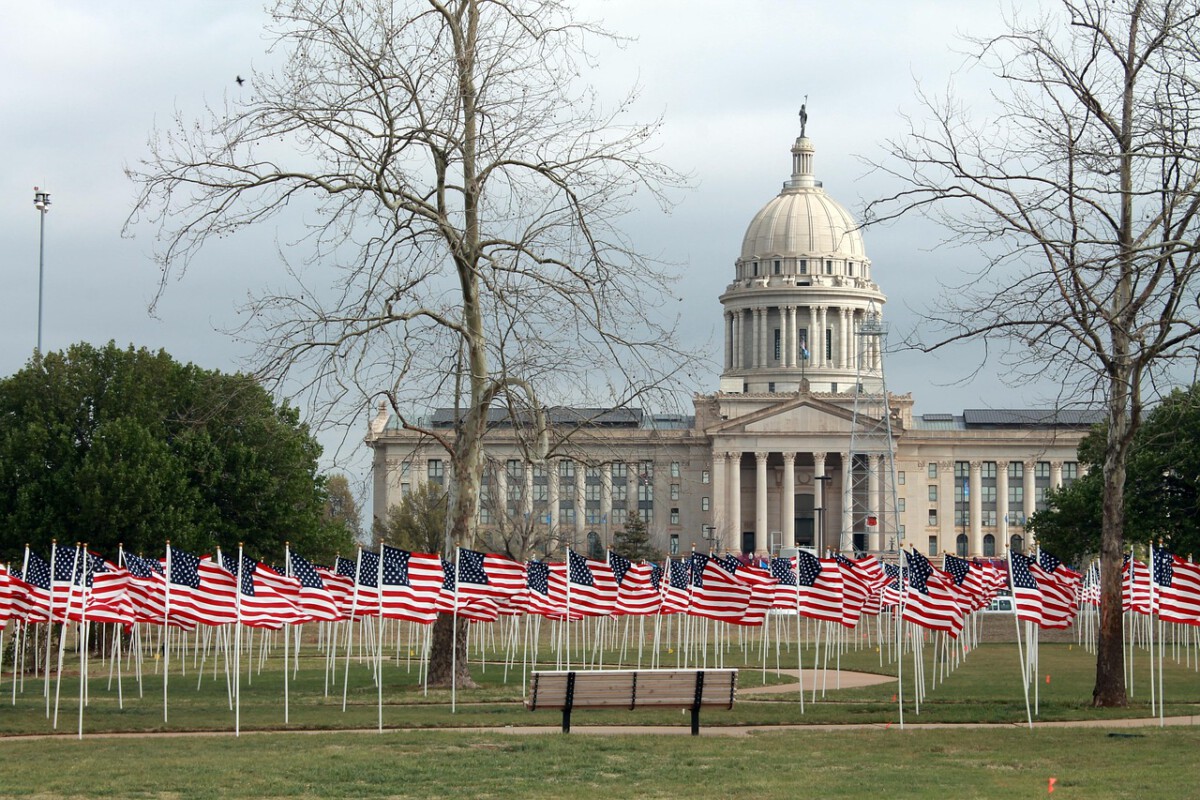Overcrowding and Urban Sprawl

Mexico City is massive—truly one of the world’s giants. As of 2023, more than 9 million people live in the city proper, and the sprawling metro area is home to over 21 million, according to the World Population Review. This sheer density means public spaces are almost always buzzing, and not in a charming way. Picture elbow-to-elbow crowds in parks, lines that snake around blocks at museums, and metro cars so packed you can barely breathe. It’s the kind of constant crowding that can make a simple stroll feel like navigating a marathon. Locals and tourists alike feel the intensity; many travelers describe a sense of being overwhelmed by the city’s unending pulse. The city’s expansion, with suburbs stretching further every year, only adds to the chaos. For many, this relentless urban energy becomes less exciting and more exhausting, making each trip feel like a challenge rather than an escape.
Safety Concerns

Safety remains a persistent worry for anyone considering Mexico City. The U.S. Department of State consistently lists certain neighborhoods as caution zones, and 2024 saw a notable spike in reported crimes. Petty theft, pickpocketing, and more serious incidents like muggings occur frequently, especially in tourist-heavy areas. This reality isn’t just paranoia—visitors often recount experiences of being targeted or feeling unsafe even in broad daylight. The presence of police and security is intended to reassure, but it can have the opposite effect, highlighting the underlying risks. For many travelers, the anxiety about safety overshadows the excitement of exploring, making relaxation almost impossible. Even experienced globetrotters have started to skip Mexico City, seeking destinations where they can let their guard down. The constant need to stay vigilant takes away from the joy of discovering new places and cultures.
Pollution and Air Quality

Mexico City’s air quality is a well-known issue, with the city frequently ranking among the world’s most polluted. According to the World Health Organization in 2023, the air quality index regularly exceeds safe levels. Smog blankets the skyline, muting the colors of even the most iconic landmarks. People with asthma or respiratory conditions often find themselves struggling, and even healthy visitors can feel the effects—scratchy throats, headaches, and fatigue. The problem is so significant that “bad air days” are regularly announced, during which outdoor activities are discouraged. For travelers who dream of sunny strolls through parks and vibrant street scenes, this reality can be jarring. Instead of freshness, the air sometimes feels heavy and oppressive. The persistent pollution doesn’t just affect health—it can sap the thrill out of any adventure.
High Cost of Living

Mexico City was once a haven for travelers seeking great value, but that’s quickly changing. By 2024, the cost of living had soared, with Numbeo reporting a 15% increase in prices for basic expenses like hotels, food, and attractions compared to the previous year. Boutique hotels and trendy restaurants now rival prices in major European cities. Even street food, long praised for being cheap and delicious, has seen price hikes as demand from tourists and digital nomads grows. For budget travelers, the city is no longer an easy win. The feeling of getting less for your money can be disappointing, especially if you remember the city’s former affordability. Visitors are increasingly comparing Mexico City to other destinations that offer more for less. As expenses rise, the city loses some of its appeal as a go-to option for cost-conscious adventurers.
Transportation Challenges

Getting around Mexico City can feel like a daily obstacle course. The public transportation system is vast, but it’s also notoriously crowded and confusing for newcomers. In 2025, reports highlighted frequent metro delays, packed buses, and complicated routes that can leave visitors lost. Rush hour is especially brutal, with commuters crammed into train cars like sardines. For those brave enough to drive, traffic congestion is relentless—some roads are gridlocked for hours, making even short trips drag on endlessly. Ride-sharing apps help, but surge pricing and traffic jams can eat up both time and money. The constant stress of navigating the city can take a toll, turning what should be a simple outing into a frustrating ordeal. Many travelers find themselves longing for smaller, more manageable cities after just a few days.
Cultural Overload

Mexico City is bursting with culture—so much, in fact, that it can be overwhelming. With over 150 museums, dozens of historic neighborhoods, endless art galleries, and a calendar packed with festivals, it’s easy to feel like you’re drowning in options. A 2023 tourism survey found that many visitors reported “decision fatigue,” unsure how to prioritize their time and worried they’d miss something important. Trying to see it all can quickly turn a vacation into a frantic checklist rather than a relaxed exploration. The pressure to experience everything often means rushing from site to site, rarely pausing to soak in the atmosphere. Instead of feeling inspired, some travelers end up burned out and unsatisfied. The city’s cultural riches, while incredible, can sometimes become a burden for those seeking a more laid-back getaway.
Language Barrier

While English is spoken in some tourist hotspots, the majority of Mexico City’s residents—about 60% according to a 2024 language study—primarily speak Spanish. This can make even simple interactions challenging for visitors who don’t know the language. Ordering food, asking for directions, or negotiating prices can quickly become stressful situations filled with misunderstandings. Some travelers find themselves relying on translation apps or gestures, which works only up to a point. The language barrier doesn’t just make logistics harder—it can also make people feel isolated or excluded from authentic local experiences. Many visitors leave wishing they’d been able to connect more deeply with the city and its people. For those who value easy communication, this is a real deterrent to returning.
Environmental Concerns

As we move into 2025, more travelers are thinking about their environmental impact—and Mexico City is under the microscope. With millions of tourists visiting each year, the strain on local resources is becoming impossible to ignore. Environmental groups have raised alarms about the city’s waste disposal issues, water shortages, and overuse of energy. Activists urge visitors to consider the ecological footprint of their trips, noting that mass tourism can lead to irreversible damage. The city government has tried to promote more sustainable practices, but infrastructure struggles to keep up with demand. For travelers who care about sustainability, these concerns can cloud the excitement of visiting. Many are now seeking destinations that have made stronger commitments to protecting their environment.
Changing Travel Preferences

The travel world is shifting, and big cities like Mexico City aren’t always at the top of the list anymore. According to a 2024 trend report, more people are looking for unique experiences in smaller towns or rural areas that offer peace and authenticity. The hustle and bustle of urban life is losing its charm for travelers who want meaningful connections and a slower pace. Social media is filled with stories of hidden gems—quiet villages, eco-lodges, and off-the-beaten-path adventures—that offer something different from the typical city trip. As preferences evolve, Mexico City’s appeal as a must-see destination is being challenged. Travelers are more willing to skip the crowds in favor of somewhere new and unexplored.
The Rise of Remote Work

The remote work revolution has changed what people want from travel. Since 2023, more workers have had the freedom to choose where they live and work, and many are opting for places that offer tranquility and natural beauty over urban excitement. Mexico City’s fast-paced lifestyle and noisy environment can be a turnoff for remote workers looking for balance. Cities with access to beaches, mountains, or quiet neighborhoods are rising in popularity for digital nomads and remote professionals. For those prioritizing work-life harmony, Mexico City is less attractive than it once was. The city’s energetic vibe, once a selling point, is now a reason for some to look elsewhere.
Food for Thought

Traveling should spark joy, inspiration, and growth. But when a destination begins to feel more stressful than rewarding, it’s worth asking yourself if it’s still the right choice. Would you have guessed Mexico City would make you feel this way?





